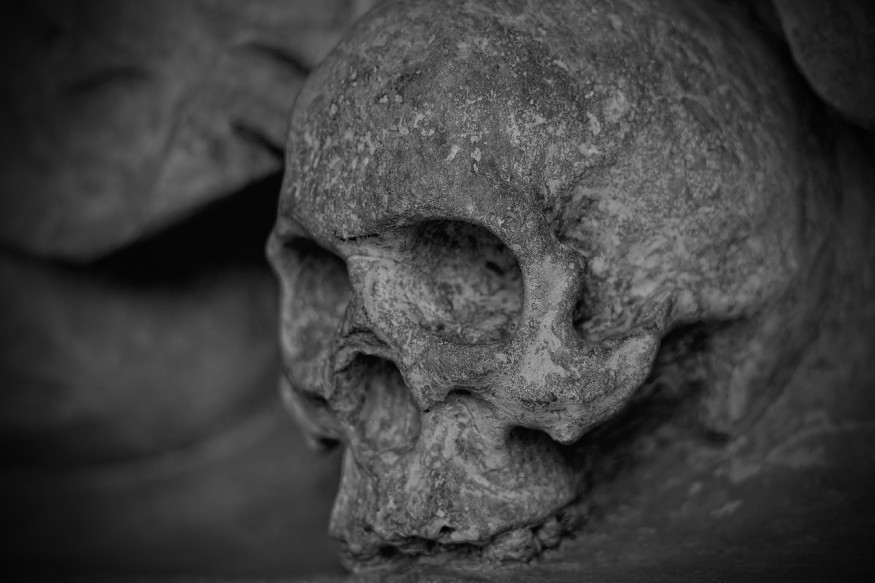The oldest evidence of cannibalism was from 1.5 million years ago. Cut marks found on a bone from a mysterious human relative indicate that they were likely butchered and consumed by others of their species.
But around 15,000 years ago, some ancient European groups also practiced cannibalism as a cultural ritual, not out of necessity. Evidence of this behavior, including cutmarks and gnawed bones, was found across northern Europe. Gough's Cave in England, known for human skulls shaped into cups, was not an outlier; other regions in Europe from the same period displayed similar practices.
These findings suggest that cannibalism was a shared behavior during the late Upper Paleolithic, as revealed in a study published in Quaternary Science Reviews by Dr. Silvia Bello and her team.

Ancient Europeans Would Eat Rather Than Bury Their Dead
The study suggests that ancient Europeans during the Magdalenian Upper Palaeolithic practiced cannibalism as part of their funeral customs. Researchers conducted an analysis of funerary practices at 25 Magdalenian burial sites spread across several European countries.
The study uncovered evidence of these early humans engaging in activities such as chewing marks on human bones, using human skulls as containers, and extracting bone marrow for nourishment from the deceased.
Furthermore, the study indicated that in some instances, these ancient humans combined human remains with animal remains. While earlier knowledge included isolated instances of cannibalism, such as at Gough's Cave, where evidence of skull cups and other human bones was discovered, the study has revealed the extent to which this practice was prevalent among the Magdalenian people.
The researchers underscored that the frequency of cannibalistic occurrences within Magdalenian sites surpassed any documented incidents among earlier or later hominin groups. This finding suggests that mortuary cannibalism served as a method for disposing of the deceased in the Magdalenian culture.
Dr. William Marsh, a researcher at the Natural History Museum who specializes in studying human remains, conducted a comprehensive review of archaeological sites associated with the Magdalenian and Epigravettian Upper Paleolithic culture.
He found evidence suggesting that cannibalism was a relatively localized practice, primarily concentrated in western and central Europe, including the United Kingdom.
In this context, the consumption of the deceased can be perceived as differing in execution but not in meaning when compared to other funeral customs like cremations, burials, or mummification.
Genetic Analysis Shows Distinct Groups Practice Unique Funerary Practices
Genetic analyses on human remains from the sites revealed a significant finding: the two distinct funerary practices were associated with separate genetic populations.
Sites where cannibalism was evident were connected to the "GoyetQ2" genetic group, whereas conventional burials were linked to the "Villabruna" genetic group. This genetic distinction sheds light on the demographic dynamics and cultural changes that occurred during this period.
During the late Paleolithic period in Europe, two distinct genetic groups existed: the "GoyetQ2" group near the French-Spanish border and the "Villabruna" group in the Italian-Balkan region. A shift from cannibalistic practices to conventional burials occurred in northwestern Europe, where the Epigravettian people replaced the Magdalenian culture.
This shift, marked by changes in genetic ancestry and burial customs, suggests a population replacement or demic diffusion rather than the spread of cultural practices. The demographic pattern resembles the later arrival of farming in the United Kingdom, prompting ongoing research into the relationships between cannibalized individuals and their social groups.
RELATED ARTICLE: Oldest Evidence of Cannibalism Found: Cut Marks on Bone Suggest Butchering and Consumption of Mysterious Human Relative
Check out more news and information on Cannibalism in Science Times.
© 2026 ScienceTimes.com All rights reserved. Do not reproduce without permission. The window to the world of Science Times.











